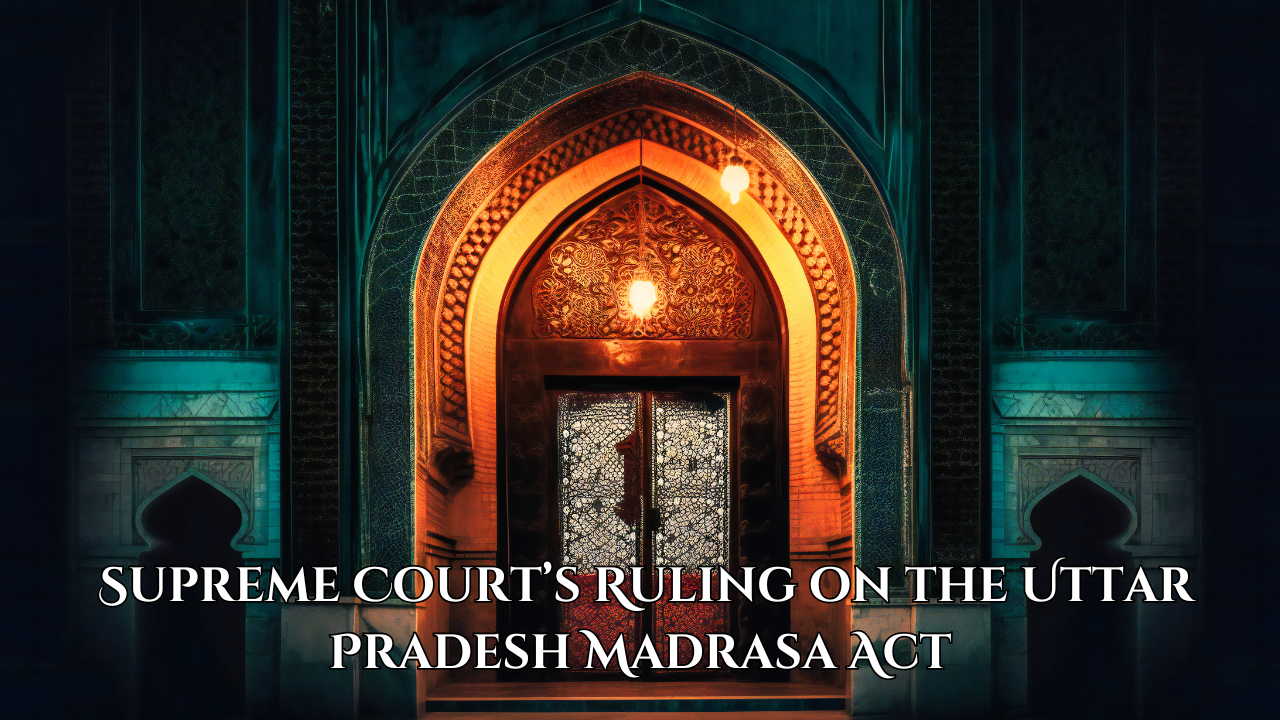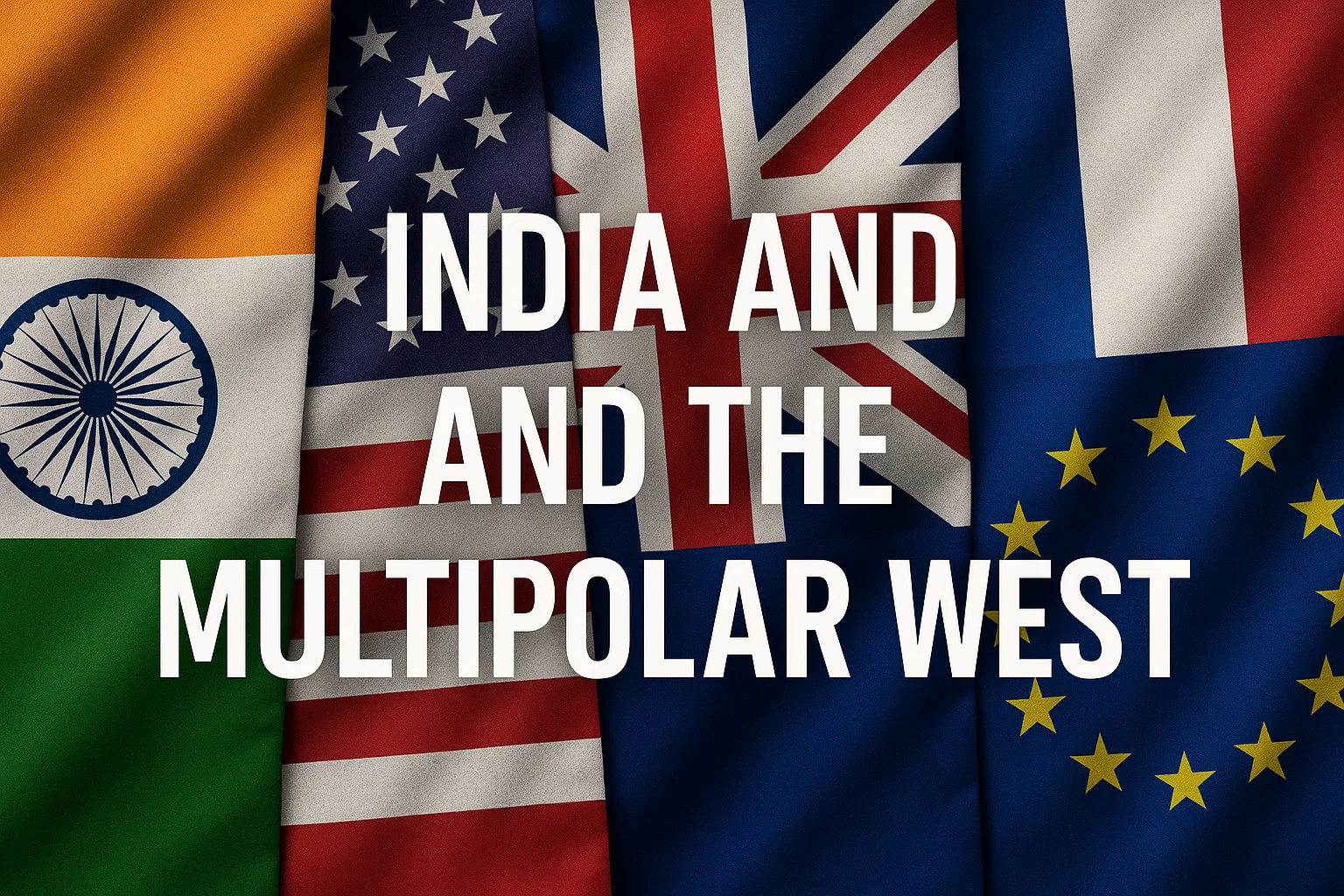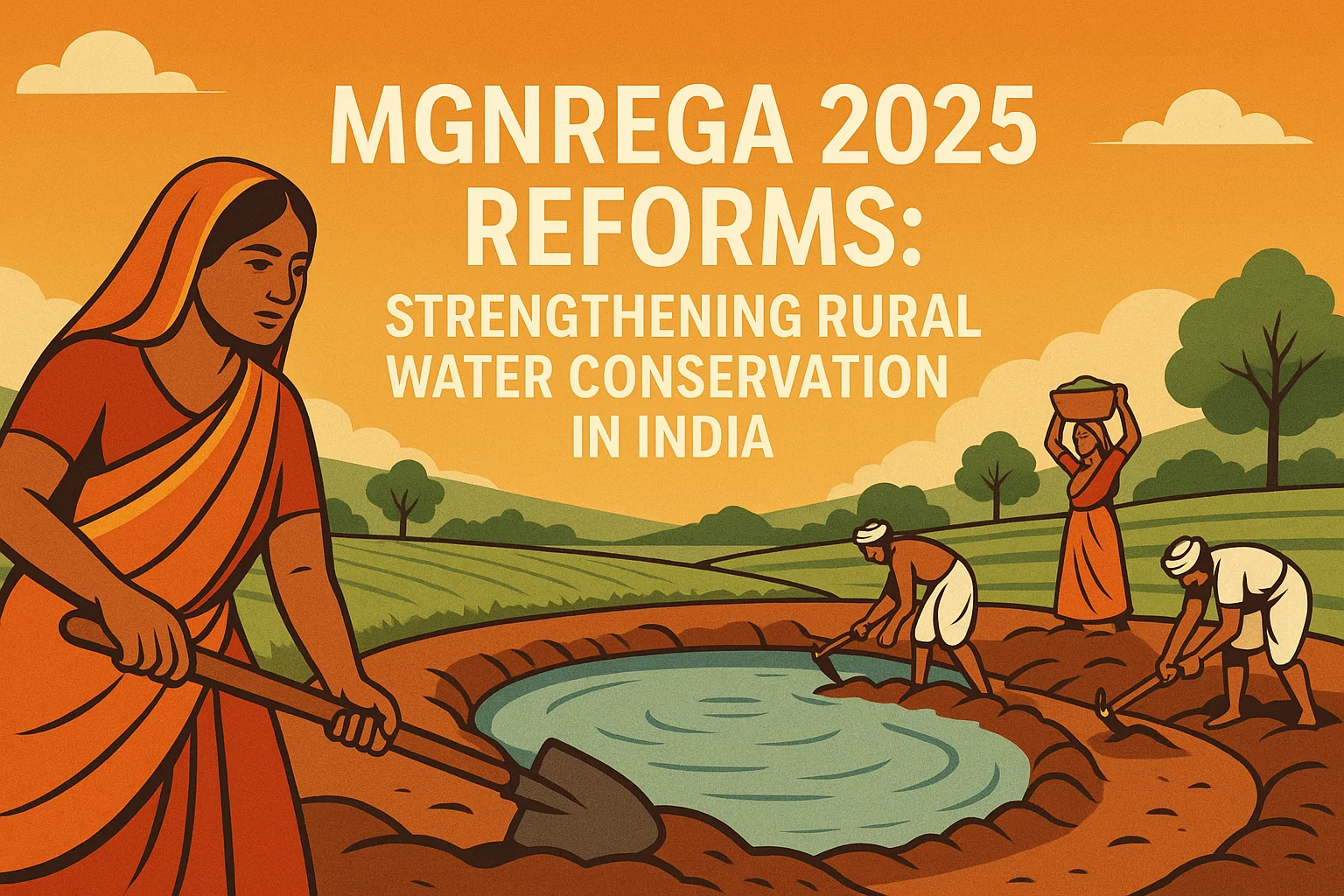Font size:
Print
India-US Relations: Strategic Moves to Future-Proof Bilateral Ties from Trump Shocks
India-US Relations: How India Can Master Trump-Era Diplomatic Challenges
Context: India–US relations have historically evolved through mutual trust, strategic cooperation, and shared democratic values. However, recent developments under Donald Trump’s second term as US President have raised concerns about the continuity and reliability of bilateral engagements. India must adopt a calibrated, multi-dimensional strategy to safeguard long-term interests.
Legacy of Strategic Convergence: Foundation of India-US Trust
- Since the Kargil War (1999), the US has steadily moved away from its Cold War-era tilt towards Pakistan, adopting a de-hyphenation policy on India-Pakistan relations.
- The US supported bilateral resolution of the Kashmir issue and avoided third-party mediation, a consensus that spanned the Bush, Obama, Trump (first term), and Biden administrations.
- During the Pulwama-Balakot crisis (2019) and Kashmir reorganisation (2019), the Trump administration backed India diplomatically, resisting pressure at the UN Security Council.
Strategic Regression under Trump 2.0
- Trump’s unilateral actions and statements have undermined prior political understandings, especially on Kashmir and Pakistan.
- Trump equated India’s global trade significance with Pakistan’s, despite vast differences in economic size (India: $4 trillion vs Pakistan: $350 billion GDP).
- This shift reflects the absence of an institutionalised policy mechanism—Trump is now the sole architect of foreign policy.
Factors Behind Policy Disruption
- Lack of administrative structure: Key posts remain unfilled; policymaking appears personality-driven.
- Traditional policy frameworks, even from Trump’s first term, have been discarded.
- Possible influence of personal business interests, including alleged Trump family involvement in Pakistan’s crypto sector, raises concerns over conflict of interest.
- The line between Trump’s personal interests and US national policy is increasingly blurred (e.g., acceptance of a $400 million luxury jet from Qatar).
India’s Strategic Response: Four-Pronged Approach
- Avoid Panic and Draw from Historical Resilience
-
- India has previously handled significant crises, including:
- Clinton-era pressure on Kashmir in the 1990s.
- Nuclear disagreements with multiple US administrations.
- India is now a stronger, more self-assured global player—its economic rise (now 4th largest economy) empowers confident diplomacy.
- India has previously handled significant crises, including:
- De-escalate Rhetoric, Engage on Merits
-
- Avoid daily rebuttals to Trump’s comments—focus on issue-based engagement.
- India recognises that a measured response projects maturity and stability.
- Leverage Wider US Political and Economic Ecosystem
-
- Trump is not synonymous with America; the US system is pluralistic.
- India must deepen ties with:
- US Congress
- Civil society
- Business community
-
- American corporations wield significant influence in shaping Washington’s foreign policy. India must engage them as natural allies, akin to China’s successful model.
- Recognise that US political cycles are short—Trump’s honeymoon period is already waning.
- Diversify Strategic Partnerships Beyond the US
-
- The US remains important, but not exclusive. India must:
- Expand ties with Europe, especially France, Greece, Denmark—countries that supported India diplomatically during the recent Kashmir tension.
- Seize the opportunity as US allies reassess their partnerships under Trump’s unpredictable foreign policy.
- Forge common ground with Eurasian allies who share concerns about Trump’s disruption of traditional alliances.
- The US remains important, but not exclusive. India must:
Way Forward: Towards Strategic Autonomy: Internal Strength as the Ultimate Shield
- Deep structural alignment between India and the US will endure beyond Trump’s tenure, but must be safeguarded by Indian strategy.
- India must intensify domestic reforms to unlock industrial and technological potential.
- Initiatives like Operation Sindoor have demonstrated India’s capabilities in crisis response and technological innovation.
- Long-term strategic stability depends on economic rejuvenation, institutional resilience, and indigenous capacity-building.
Subscribe to our Youtube Channel for more Valuable Content – TheStudyias
Download the App to Subscribe to our Courses – Thestudyias
The Source’s Authority and Ownership of the Article is Claimed By THE STUDY IAS BY MANIKANT SINGH



